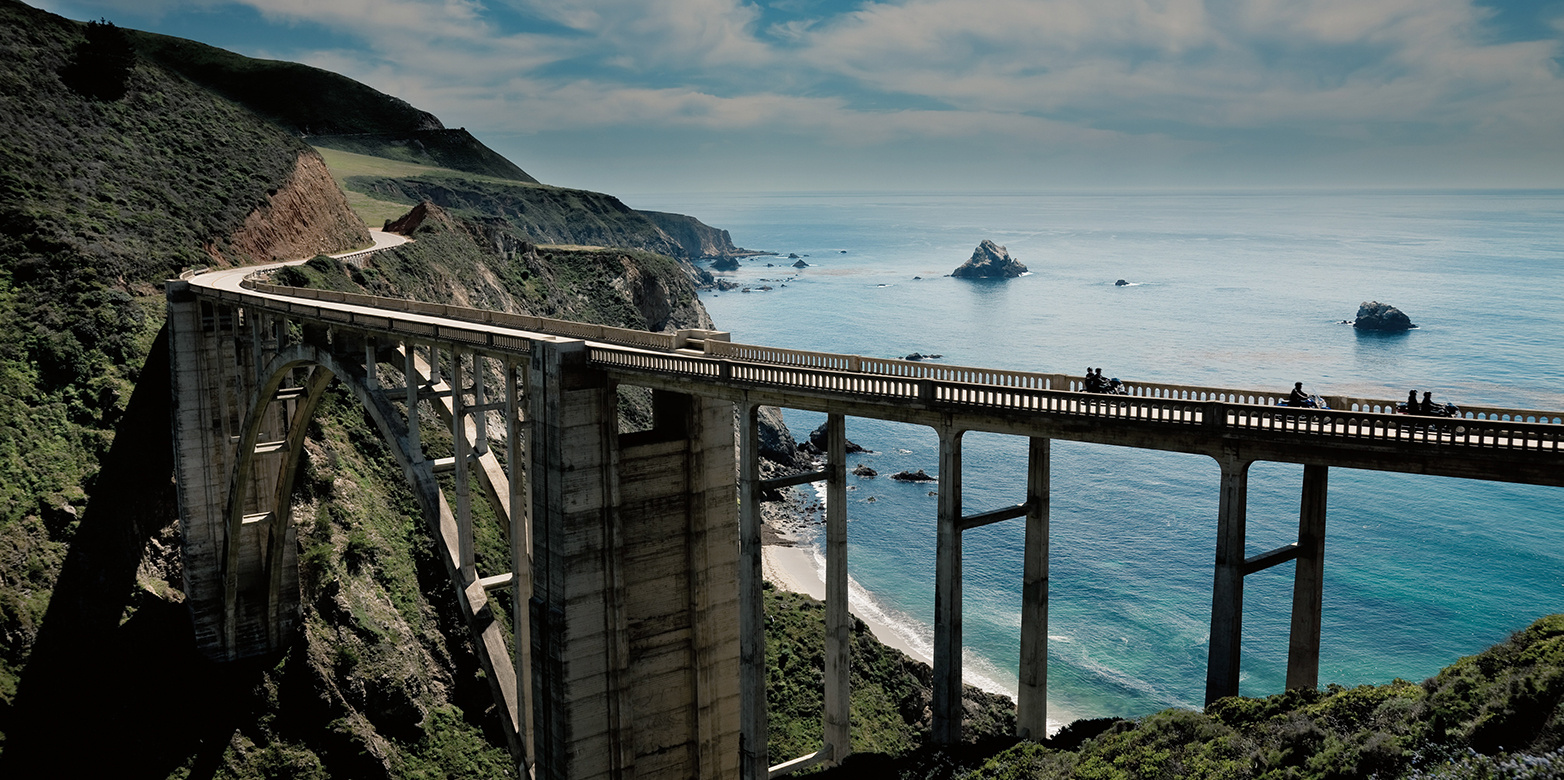Predicting outdoor recreation demand on a national scale – The case of Switzerland
A new publication by Fabian Willibald, Dr. Maarten Jan van Strien, Dr. Victor Blanco and Prof. Dr. Adrienne Grêt-Regamey appeared in Applied Geography. It examines how landscape properties and accessibility are related to revealed outdoor recreation demand (i.e. number of day trips received by Swiss municipalities), and which variables are most important to predict demand for outdoor recreation day trips on a national scale.

Residents of industrialized countries place increasingly more value on outdoor recreation. For many alpine and remote municipalities, revenues from tourism and recreation belong to the most important sources of income. At the same time, these activities generate large carbon footprints through traffic. In order to understand what drives the demand for outdoor recreation, we used a set of Generalized Linear Models to explain how landscape properties and accessibility are related to revealed outdoor recreation demand (i.e. number of day trips received by Swiss municipalities), and which variables are most important to predict demand for outdoor recreation day trips on a national scale. While many authors have demonstrated that accessibility is a crucial variable to explain demand for outdoor recreation, our results show that population density and the number of land-use/-cover classes per municipality are among the main drivers of demand for outdoor recreation. This calls for a careful spatial planning, including the consideration of the increased demand for recreation generated by resident population growth. Furthermore, securing an attractive landscape requires policies supporting diverse land management practices. Ultimately, our results can help planners in their decision-making, including those to support a more sustainable mobility in the future.
For the full article, please visit external page ScienceDirect.